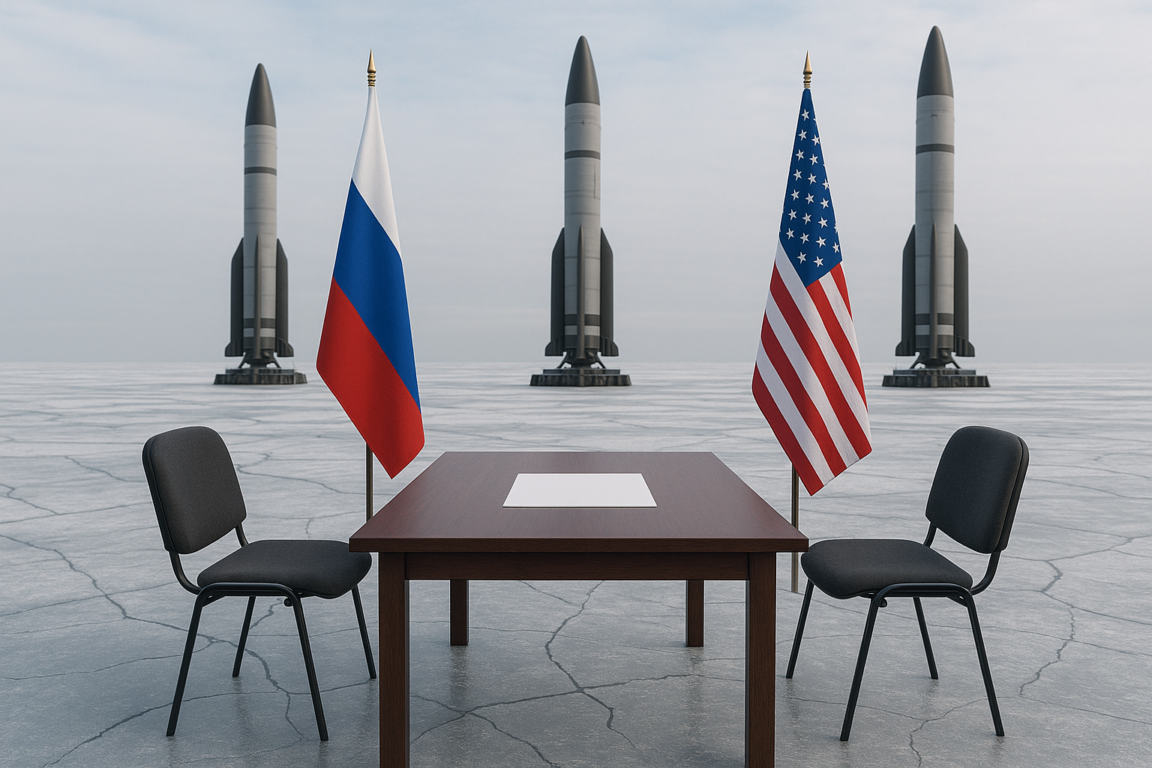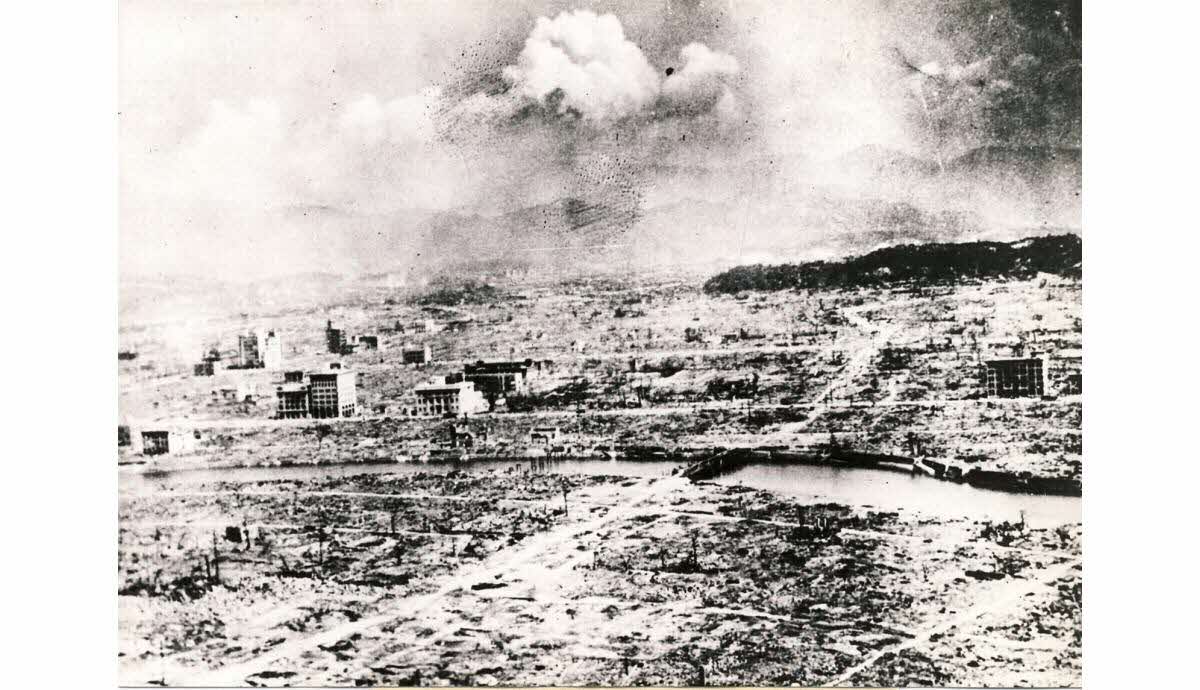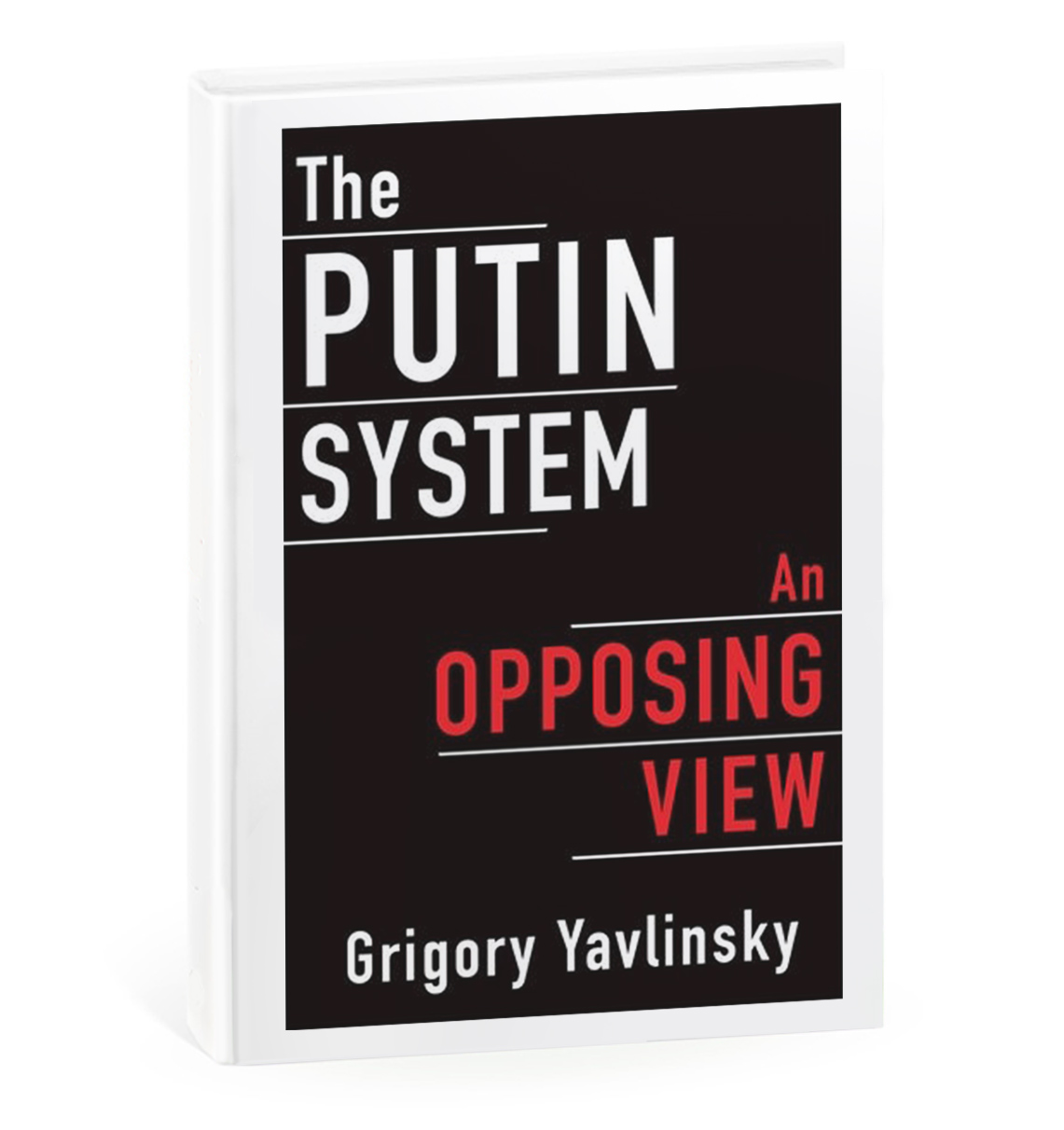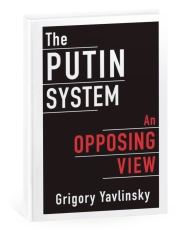The international press is in state of disarray and chaos, including even the most authoritative publications: discussions of the forthcoming meeting of the leaders of the Russian Federation and the United States of America in Alaska are accompanied by utter incomprehension and irritation, derogatory comments, irrelevant and inappropriate wishful thinking and gloomy forecasts. This is so regrettable, as in actual fact substantive talks between the Russian and American Presidents in the current circumstances might well serve as a useful and even landmark development.
ILLUSTRATION: ChatGPT
It goes without saying that the one-to-one meeting in Alaska will not suffice to resolve the key issues required for the fundamental resolution of the Russian-Ukrainian conflict — these problems cannot be resolved without Ukraine and European countries.
At the same time, if we are talking here about far broader and extremely complex global security issues, which are no less relevant today, then there is no doubt that NATO should participate in such talks in its capacity as an international military and political organisation that brings together the majority of countries in Europe and North America. It is also desirable that China is involved. In this respect there have been no preparations for such a substantive discussion.
That is why it would be important at the forthcoming meeting to start seeking paths that will lead to peace against the backdrop of the impending era which is in principle completely different to what existed previously; to look for ways to usher in negotiations on an amicable settlement in the absolutely new reality that we face today. Unfortunately, however, it would appear that none of the international leaders that we have today actually understand what is happening or simply have no clue on what they should do in this new environment.
Nevertheless, notwithstanding all these factors, the meeting between Vladimir Putin and Donald Trump (and let us hope that it does happen) is a vital and important event aimed at the very least at curbing the potential grounds for an extremely dangerous escalation. For it is a fact that the developments in Ukraine that have been going on for more than three years constitute to all intents and purposes an overt confrontation between Russia and the West (Europe and the USA) which poses the risk of spiralling into a full-scale war involving the use of nuclear weapons. And it should be the paramount objective of leading politicians to prevent such an outcome and in this context to seek a resolution of the underlying problems in order to achieve an actual ceasefire between Russia and Ukraine. In my opinion, this should be discussed at the high-level talks between Russia and America (the key provisions of this approach were set out in my so-called Munich Plan in February 2025 that was sent officially to the participants of the most recent Munich Security Conference).
I list here the issues which should be discussed by Russia and the USA:
- The principles and preliminary parameters for the immediate conclusion of a ceasefire agreement between Russia and Ukraine;
- Post-war security guarantees for all the participants in the conflict;
- New concepts and measures to stabilise Russian-Western relations;
- A new multilateral treaty on strategic offensive arms (new START).
That is why we need to secure the immediate conclusion of a ceasefire agreement today, which includes the technical conditions for the withdrawal of troops, monitoring and oversight mechanisms, security guarantees for rear services and much else besides.
When it comes to global security and nuclear deterrence, the following issues must already be discussed now at the highest level:
- Security along the entire contact line between Russia and NATO countries (after Finland’s accession to the organisation, the length of Russia’s borders with NATO virtually doubled to 2,600 kilometres);
- Admissible forms of and approaches to containment in order to prevent future conflicts;
- The security and rules governing navigation in the Baltic, Black and Azov Seas;
- The balance of conventional armed forces in Europe and control of long and medium-range missiles on the continent, any new deployments of weapons (including nuclear) and military bases in Eastern Europe;
- Control of air-based nuclear cruise missiles and the aircraft bombs of heavy bombers;
- The inclusion of land-based intercontinental cruise missiles and also intercontinental missile glide hypersonic systems in common arms ceilings, regardless of the type of warhead;
- The deployment of partial orbital intercontinental ballistic missiles and autonomous long-distance submersible vessels, transparency measures and the demarcation of anti-missile defence systems into strategic (global) defence from intercontinental ballistic missiles and regional anti-missile defence and air defence systems in order to establish safeguards against medium-range and long-range ballistic and cruise missiles;
- Discussions of space weapons and a ban on the tests of any anti-satellite systems;
- Renunciation of cyberattack tools and methods against strategic information management systems.
Unfortunately, Russia, the USA and European countries are so far from understanding the critical need, importance and urgency of discussions and the elaboration and adoption of respective decisions on all these points.
Why is it so important to articulate these issues now, given that politically no country is ready even to discuss such topics?
We have reached a time where the search for answers to these questions is on the same plane as the lethal risks posed by nuclear weapons and their possible dissemination. For example, back in 2018 Trump withdrew from the INF Treaty (Intermediate-Range Nuclear Forces Treaty) (see my article On the Threashold, October 2018), which resulted in the subsequent ramping up of the number of missiles, missile launchers, aircraft and air bombs that have nuclear potential (primarily made in the USA) located on the territories of European member countries of NATO.
Everybody knows that the number of nuclear weapons in Europe is constantly increasing. The USA is already storing nuclear bombs in Germany, Belgium, the Netherlands, Italy and Turkey. And now Great Britain has proposed that America deploy nuclear weapons in its country and has already started buying from the USA fighter jets with the capability to carry nuclear warheads. American Tomahawk cruise missile and hypersonic missiles will be deployed in Germany next year. The USA is expanding its missile bases in Poland and Romania. NATO countries such as Denmark and Norway have joined missile exercises aimed, for example, at establishing control of the Baltic States.
This is a multilateral trend. According to data released by ICAN (International Campaign to Abolish Nuclear Weapons), last year the world’s nine nuclear states — Great Britain, China, France, India, Israel, North Korea, Pakistan, Russia and the USA — spent USD 100.2 billion on nuclear weapons, equivalent to USD 3,169 per second, representing an increase of 11% on 2023.
The Treaty Between the United States of America and the Russian Federation on Measures for the Further Reduction and Limitation of Strategic Offensive Arms (New START) expires in February 2026. Instead of disarmament, however, the two signatories of the treaty are rapidly rearming.
Furthermore, the rushed implementation of artificial intelligence systems in more and more number of sectors is increasing even further the risks of nuclear escalation. We are witnessing today proactive work to close the gap between the commercial digital technology sector and the military world. We are seeing a practical encroachment by artificial intelligence in key military projects, such as hypersonic weapons, military AI, unconventional intelligence techniques, surveillance and the suppression of dissent. Or to put it more simply: there have been instances of the proactive implementation of artificial intelligence technologies in the army, the merger of Silicon Valley and the Pentagon and the consolidation of Palo Alto Networks and the United States Military Academy (West Point). On 23 July 2025 the White House published the respective document which aims to eliminate a number of restrictions on the use of AI and digital technologies.
The current situation is exacerbated by the lack of even a minimal understanding of the actual threats emanating from the possible use of nuclear weapons. We hear more and more frequently statements by politicians at various levels and so-called public figures that the existence of low-yield tactical nuclear warheads opens up opportunities for a “limited” nuclear war. However, there is no such thing as a limited nuclear war: if this red line were actually crossed and a nuclear weapon were fired, this would trigger a chain reaction that would inevitably lead to a catastrophe of universal proportions.
PHOTO: General panoramic view of Hiroshima after the bombing in 1945 // Library of Congress, LC-USZ62-134192
Today it should already be clear to everyone: the risk of nuclear confrontation and a possible conflict is extremely high. The nuclear bombing of Hiroshima and Nagasaki — literally the other day the world marked the 80-year anniversary of these events — is not simply a historical reference, but also a pertinent warning to every single inhabitant of this planet (See Thousands of Hiroshimas and Thousands of Nagasakis, August 2025).
It is clear that all these issues cannot be discussed comprehensively either during a single meeting between the Russian Federation and the United States of America (for the time being, it looks more like some PR event than a substantive political meeting) or at a multi-day summit. However, an understanding of the scale of the inevitable agenda and a cogent idea as to the substance of future discussions between the leaders of the Russian Federation and the United States of America should serve as the starting point for such important talks. And this is all the more relevant in the context of preparations for a possible meeting between the Chinese, Russian and American leaders in Beijing at the start of September 2025.
And let me turn once more to the most important matter where time is of the essence. To make sure that the ceasefire agreement does not end up being just another in a long line of ephemeral news topics, to ensure that it becomes instead a real stepping stone on the road to peace and prevents any resumption of the war, it is absolutely essential that everybody understand the underlying causes why this happened, why the conflict between Russia and Ukraine happened: that people understand the actual fundamental causes of the armed confrontation, which has resulted in a catastrophic loss of lives and untold destruction. I highly doubt that these issues will be discussed at the meeting between the Russian and American Presidents. However, answers will have to be found sooner or later, because any attempt at the primitive simplification of the reasons and failure to understand the actual causes will merely lead us to witness a repeat of the frightful events, and possibly of an even greater magnitude.



